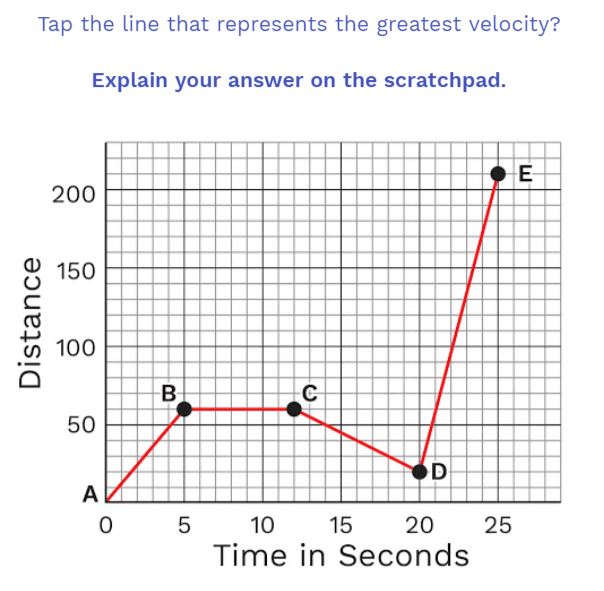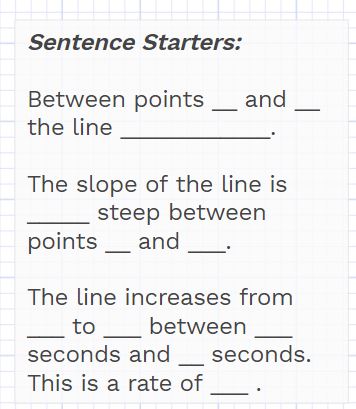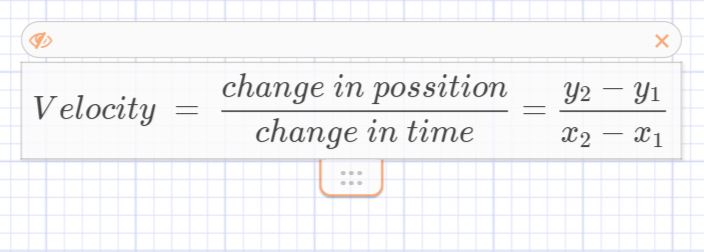Differentiated Formative Assessments
- By Woot Math
- February 12, 2019
- 6:49 pm
- No Comments
We have teamed up with some of our teacher partners to help support teachers with the age old task of differentiation. We co-designed formative assessments to support learners of any pace. Look for the tag #differentiated to find these assessments. They incorporate language supports, bonus problems and hints. Best of all, there are custom legends to identify if a student is emerging, demonstrating or exceeding in their fluency of a standard.
Sometimes students struggle to answer math problems because of the language demands, not the math content. We don’t want these students to miss out. We also want to make sure they can participate in doing the classroom math. This is where language supports and sentence starters come in. If a task asks students to explain their thinking, a sentence starter will help get them going on the mathematically juicy part of the sentence without having to worry about all of the writing demands.

– Tap an Image Prompt –

– Sentence Starters –
In addition to the challenge of writing, assessments can contain new vocabulary that trip students up. For example, a student may forget what velocity means. With the language support below, they get a gentle reminder that lets them focus on relating the graph to the motion of an object. This makes the assessment about the math instead of their vocabulary.

– Velocity Language Supports –
As the teacher, you can remove any of these supports that don’t fit your class. Simply go to scratchpad settings and tap the text box , then press the orange x. Remember to click “save” when you are done.
While some need extra support, other students will be ready to demonstrate mastery of the standard. Thus, #differentiated polls have bonus problems in select tasks. Bonus problems in the scratchpad relate to similar content to the original task. For example, the tap an image task from above has the following bonus problem.

The bonus problem above goes beyond the comparative nature of the task. It asks students to find the slope of the line when it has the greatest velocity.
Bonus problems also work to assess if students understand the greater context of the problem. Reviewing answers and student responses can ignite productive discussion for everyone. For example, a different bonus problem asks students to write a story, including units, that corresponds to the graph.

The discussion about the responses to this bonus problem will be informative to everyone. On the next task, all students are asked to pick between potential stories for a similar graph.

Hearing their peers share how stories connect to the previous graph makes the pathway for success more clear to all students. Search #differentiated in the explore content tab or follow one of the links below to get started with differentiated tasks. Or create your own!
Visit our page on Formative Assessment for more on how to use these strategies in your classroom.


